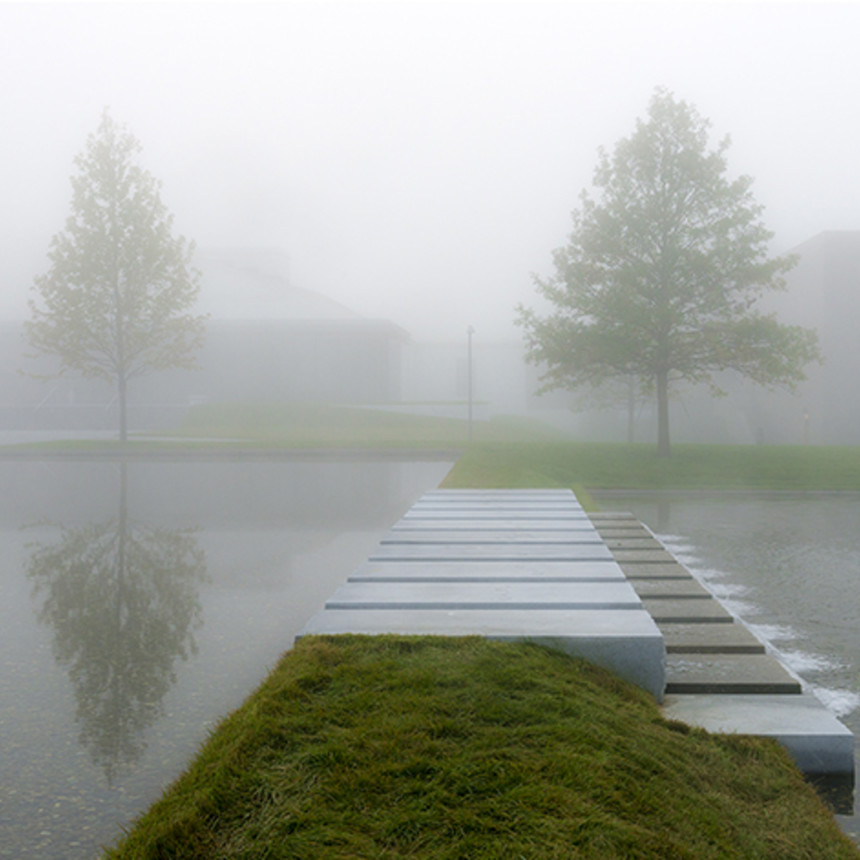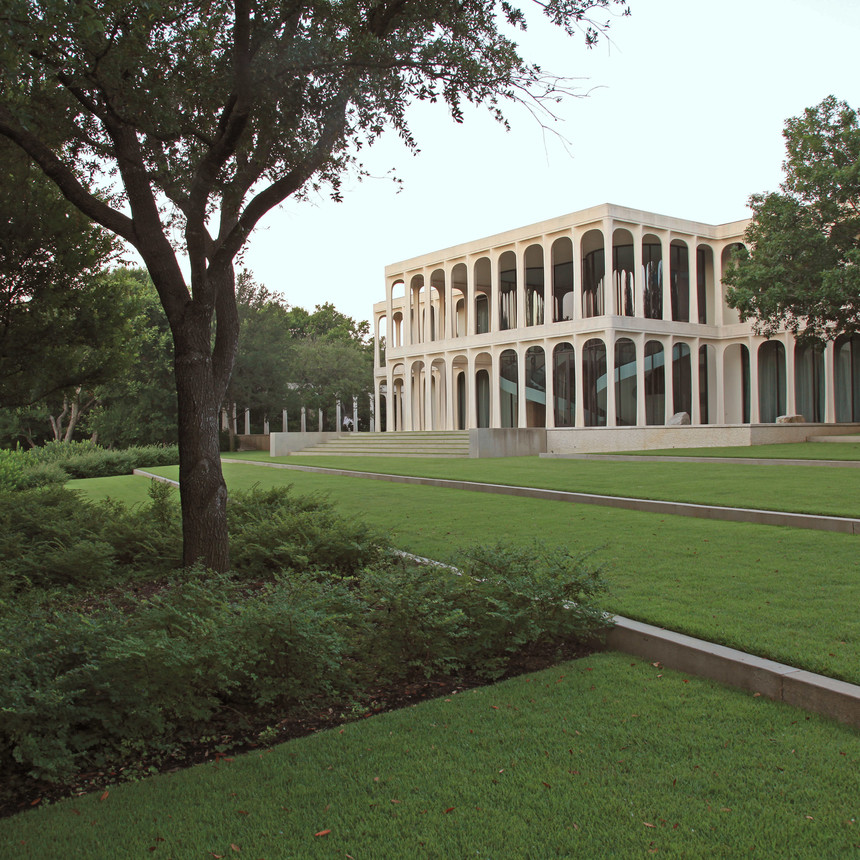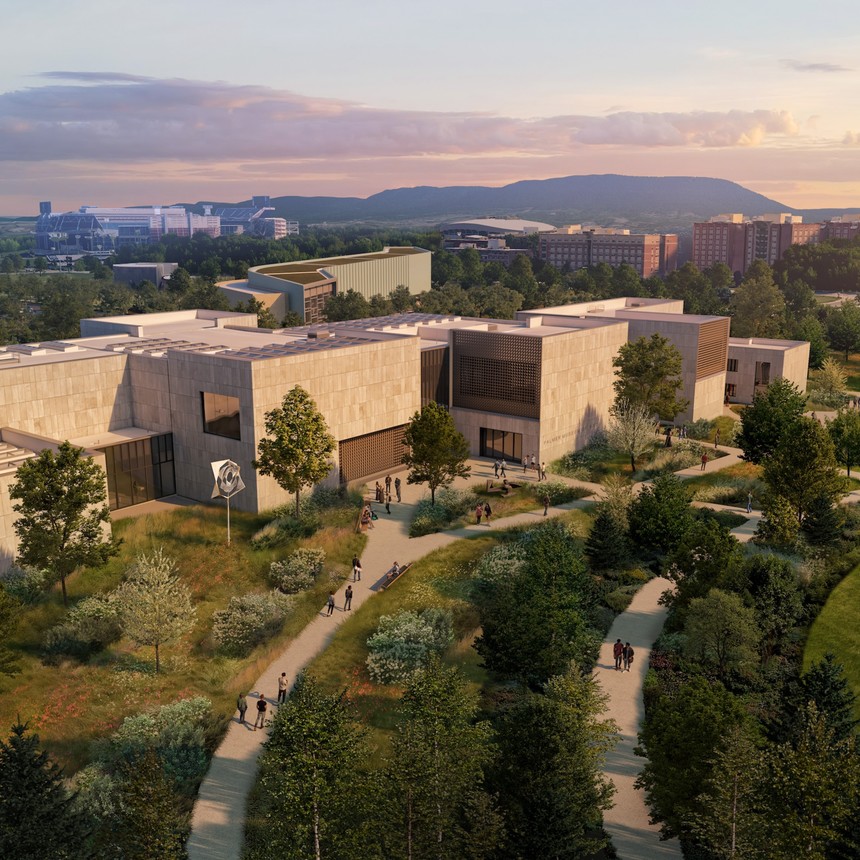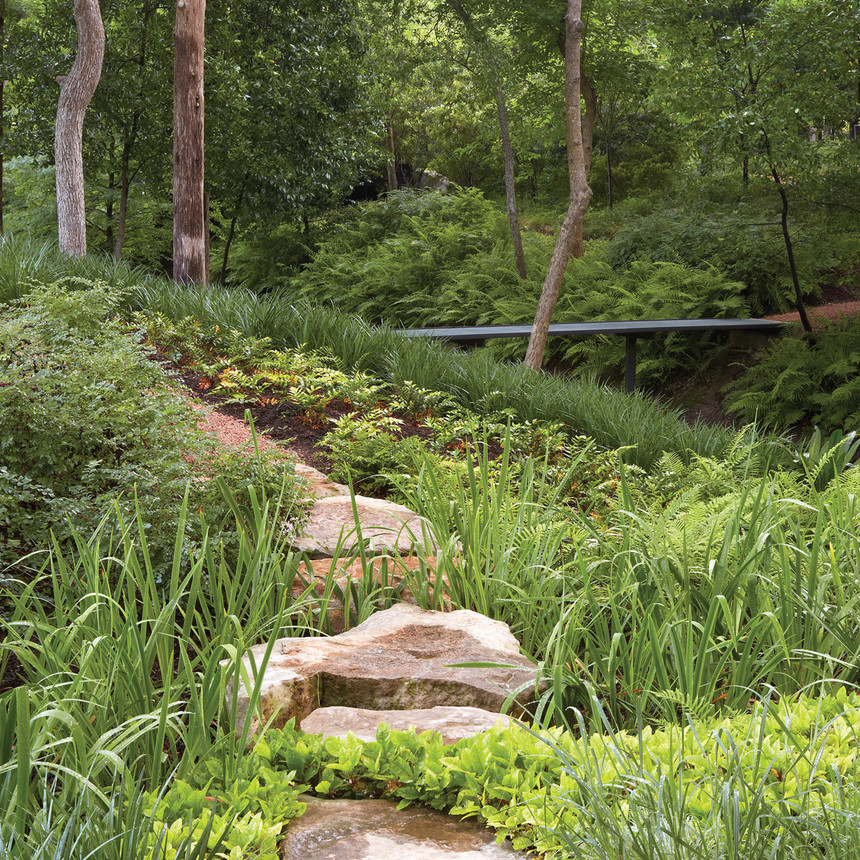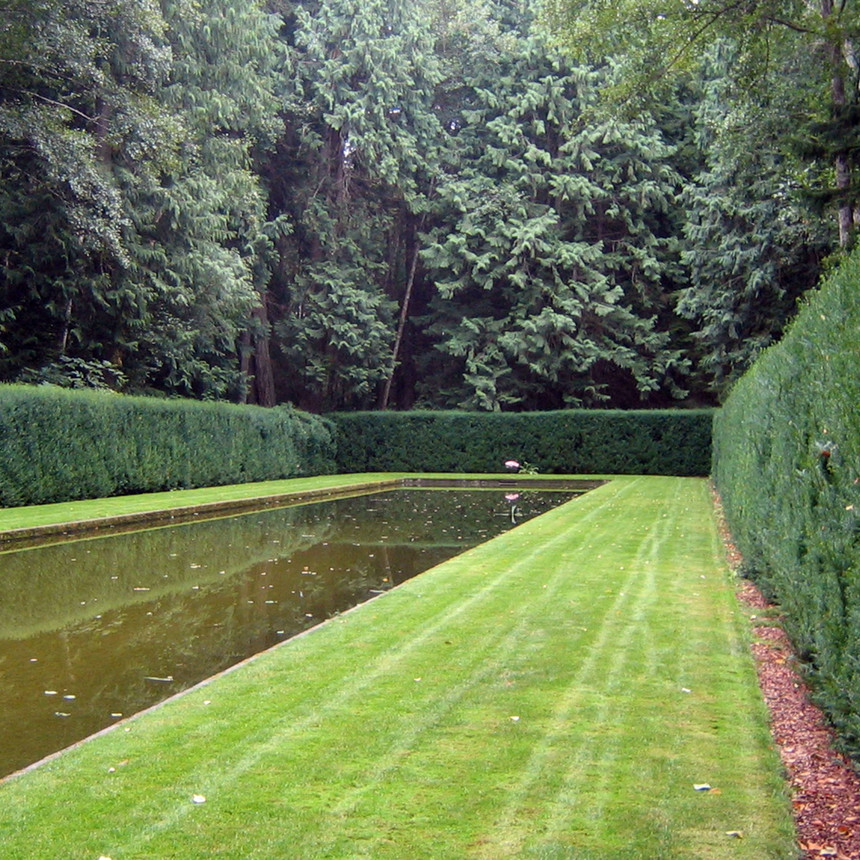National Bonsai & Penjing Museum
The National Bonsai and Penjing Museum, set within the core of the U.S. National Arboretum, creates an immersive garden experience whose focus dances between the miniature and the panoramic, evoking a sense of awe and wonder.
The Bonsai and Penjing Museum establishes its identity through a sequence of fine concrete walls, blackened steel beam, a pervasive grove of understory trees. The walls organize a meandering path through the display and make available multiple orientations for the bonsai, an elegant, neutral backdrop that allows generous air circulation to mitigate heat.
Adapting an existing structure for contemporary use, the Museum organizes its program around a central court that orients the visitor to a network of paths that lead to exhibitions, an expanded classroom, and administrative services. The exhibitions, conceived as gardens rather than buildings, blur their boundaries with the larger, surrounding garden to offer continuing revelation of individual bonsai or penjing but also framed views of the Arboretum beyond.
The National Bonsai and Penjing Museum is the first project within Reed Hilderbrand’s Master Plan Update for the U.S. National Arboretum’s core, which the U.S. Commission of Fine Arts approved during Summer 2020. The update also evaluated sustainability, accessibility, and safety within the site while also seeking to reduce impervious surfaces across the National Arboretum.
Location
Washington, D.C.
Dates
2017-2020
Size
27 acres
Leadership
Team
- U.S. Department of Agriculture (USDA)
- The U.S. National Arboretum
- The National Bonsai Foundation
- Trahan Architects
Recognition
- 2022 A+Awards Finalist, Cultural Unbuilt Category
